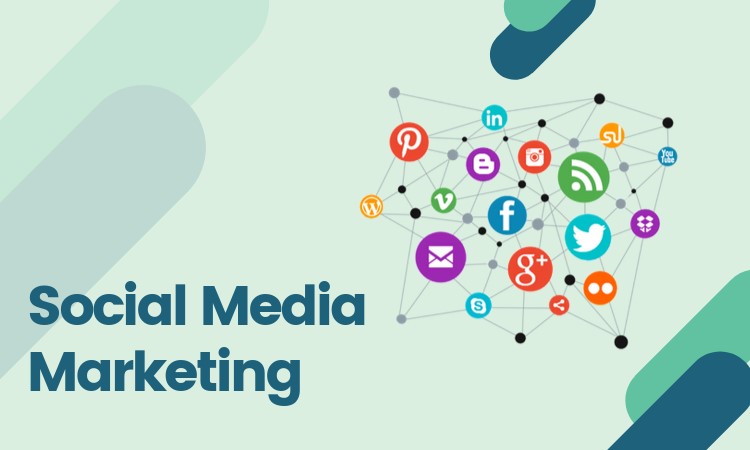Ever wondered what your competitors are planning next? Finding a reliable social media marketing agency near me was my first step toward uncovering these secrets. What I discovered changed my entire approach to competitive analysis.
What Social Listening Means?
Social listening goes beyond just tracking mentions. It’s about understanding the conversations happening around your industry and competitors.
Think of social listening as having superpowers that let you peek into your competitors’ strategy meetings. These tools scan millions of social posts, comments, and reviews to reveal patterns most businesses miss.
Why Traditional Competitor Analysis Falls Short
Traditional methods only show you what competitors want you to see. Their carefully crafted messages hide their real struggles and plans.
Social listening reveals the unfiltered truth about what customers actually think about your competitors. This honest feedback highlights gaps you can fill with your own products or services.
Key Insights Social Listening Uncovers
Social listening tools reveal surprising details about your competition. Here’s what you can learn:
1. Customer Pain Points Your Competitors Miss
When people complain about your competitors online, they’re essentially giving you a roadmap to win their business. Pay special attention to repeated complaints – these represent your biggest opportunity.
A recent study found that 67% of customers abandon brands after bad experiences, but only 13% of those customers tell the company directly. The rest share their frustrations on social media.
2. Product Development Clues
Your competitors’ customers often suggest improvements or new features on social media. This free market research reveals what your target audience wants next.
For example, before launching a new coffee flavor, Starbucks might notice increasing social chatter about pumpkin spice during summer months – signaling ideal timing for their fall lineup.
3. Campaign Effectiveness
The table below shows what social listening reveals about competitor campaigns:
| Insight Type | What It Tells You | How To Use It |
| Engagement Rate | How well content resonates | Create similar but improved content themes |
| Sentiment Score | Emotional response to campaigns | Avoid approaches generating negative reactions |
| Share of Voice | Market presence compared to competitors | Identify underserved conversation topics |
4. Pricing Strategy Insights
Customers frequently discuss price on social media. Comments like “worth every penny” or “too expensive for what you get” reveal how competitors position their value.
By tracking these conversations, you can find the sweet spot for your own pricing that balances perceived value with market expectations.
Turning Insights Into Action
Having this information is only useful if you do something with it. Here’s how to transform these insights into strategic advantages:
Create Content That Fills Gaps
When you spot topics your competitors aren’t addressing, create content that does. This establishes you as the go-to resource in areas they’ve neglected.
Remember: The best content answers questions people are actually asking.
Improve Your Customer Experience
If you notice people consistently complaining about a competitor’s customer service response time, make your rapid response a key selling point. Fix the problems that drive customers away from your competition.
Refine Your Unique Selling Proposition
Use what you learn to sharpen what makes you different. If competitors are seen as affordable but low quality, you might position yourself as the premium option that’s worth the investment.
Getting Started With Social Listening
You don’t need a massive budget to begin. Start with these approaches:
- Set up Google Alerts for your top competitors
- Use free tools like TweetDeck to monitor competitor mentions
- Create saved searches for industry terms on LinkedIn
As you grow, consider investing in more comprehensive tools that provide deeper analysis and real-time alerts.
The Ethical Boundaries
While social listening is powerful, respect privacy and platform terms of service. Focus on public conversations rather than private communications. The goal is to understand market trends, not to spy on individuals.
Final Thoughts
The most successful businesses don’t just watch their competitors—they understand them deeply.
Social listening transforms public conversations into strategic gold that helps you anticipate market changes before they happen.
Start small, listen carefully, and let your competitors’ customers tell you exactly how to win their business.


